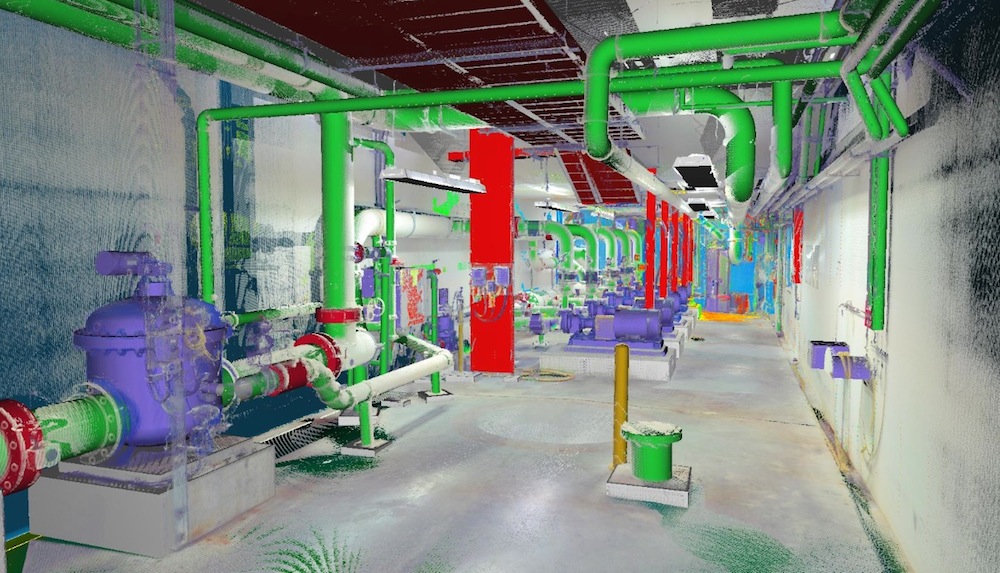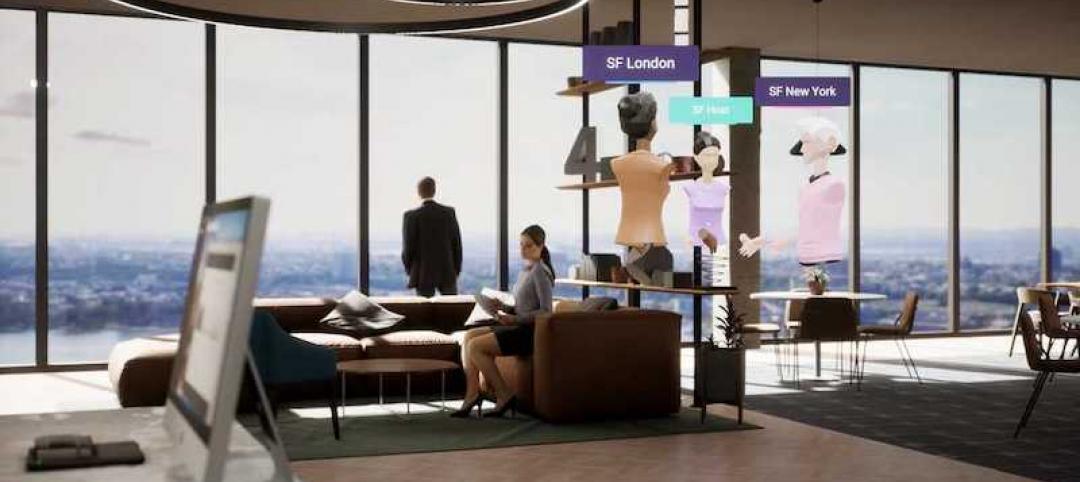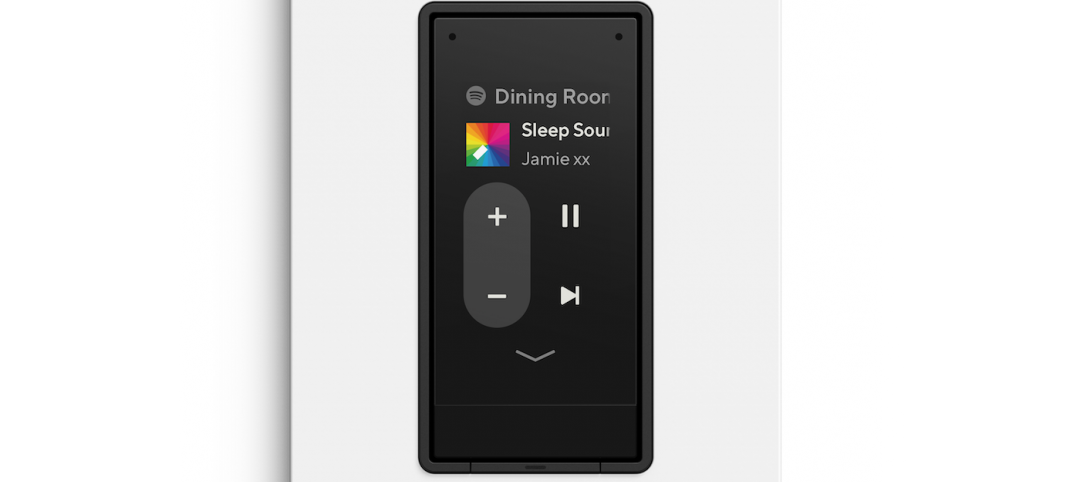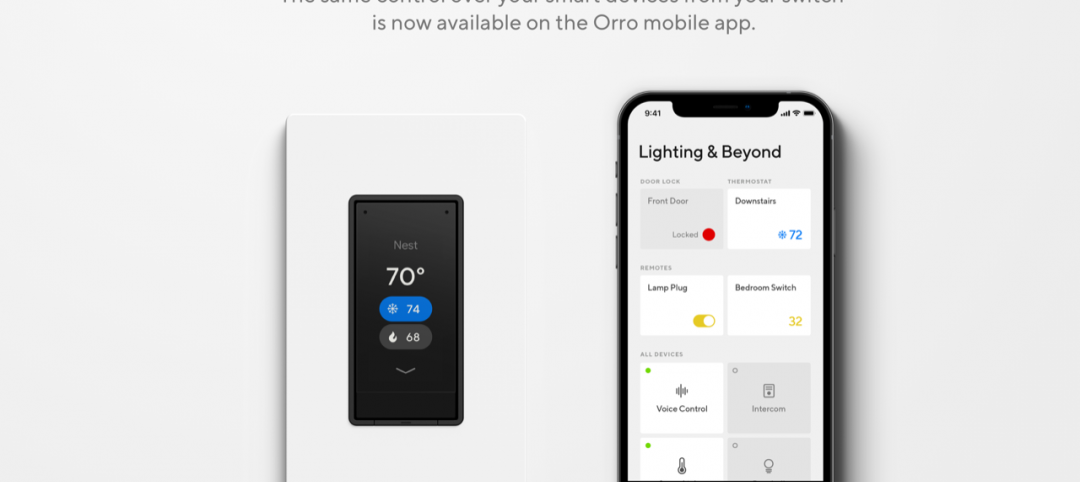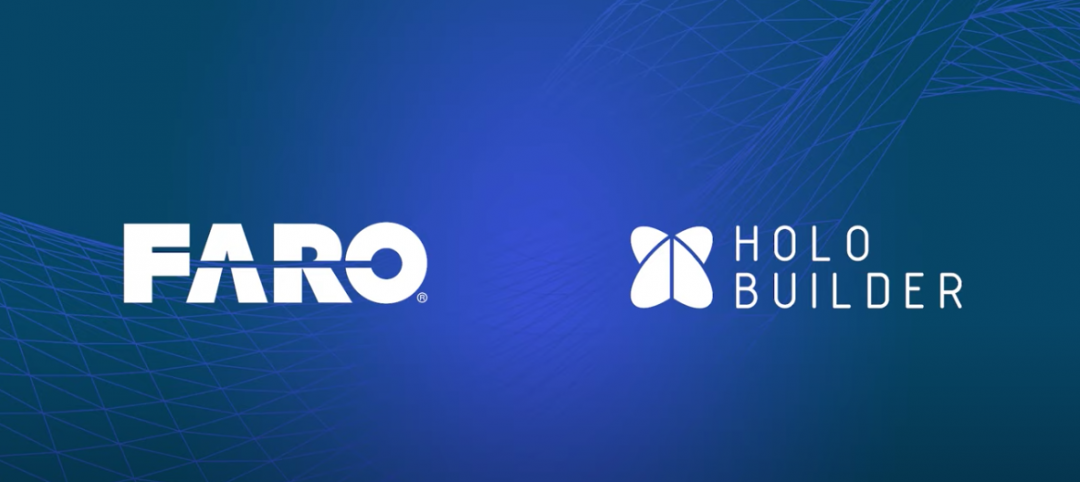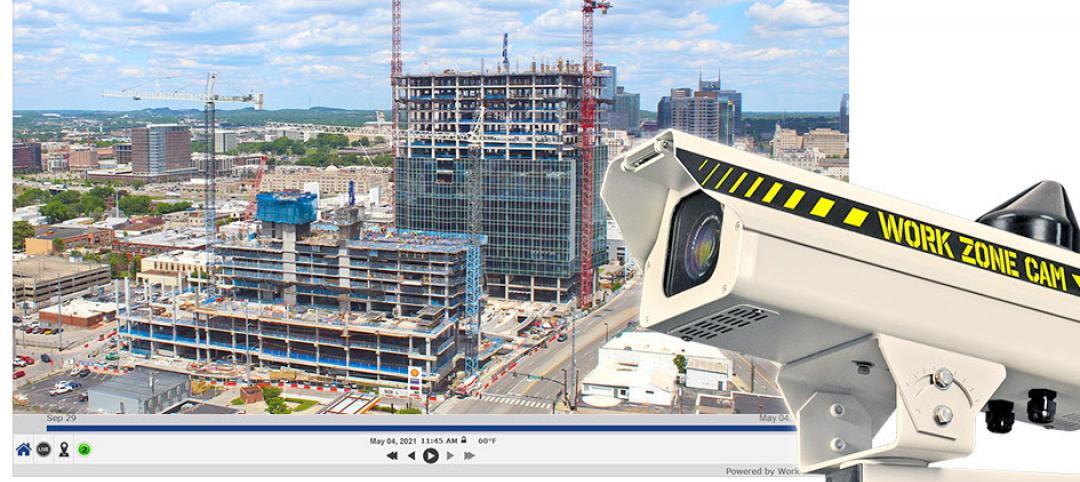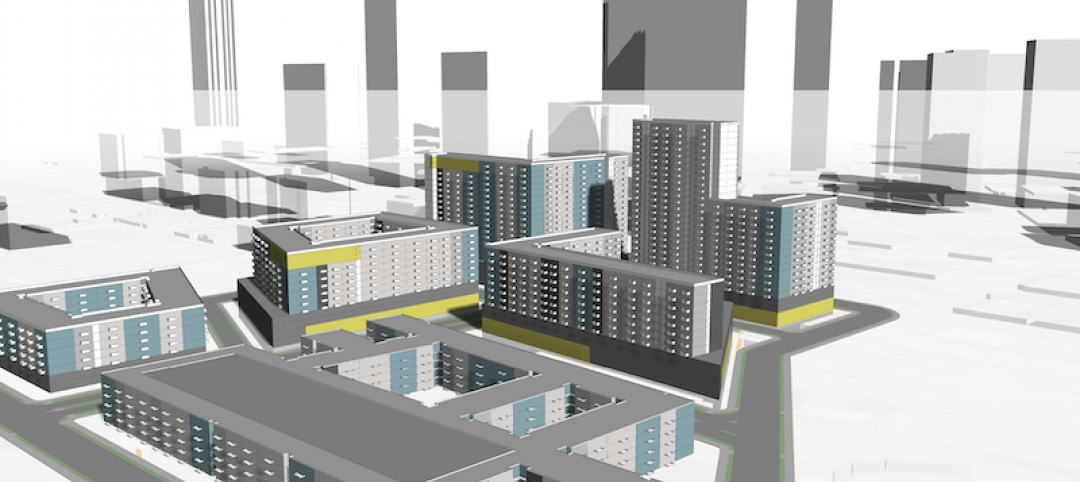When the engineering/architecture firm SSOE performed laser scanning for projects in the past, it was always client driven. The scanning, data processing, and modeling were done only when customers demanded them.
But about two years ago, the firm “took a leap of faith,” recalls its Technology Leader Mark LaBell, when he convinced his boss to approve a $2,500 one-day scan. Since then, SSOE has made a deeper dive into this service by significantly increasing its investments in servers, computers, and personnel training, and widening the network of third-party scanning companies it uses.
The result, says LaBell, “has been a fire hose” of client interest. As of late January, SSOE had 16 projects that were either being scanned or for which laser scanning was part of the proposal. “That’s just in the last six weeks,” says LaBell. He estimates the firm will deploy laser scanning on 75 projects this year.
Coverage of 3D Laser Scanning brought to you by:
Laser scanning has become an essential reality-capture tool and competitive advantage for a growing number of AEC firms. It provides an extra layer of quality control and accuracy, and allows firms to expand their portfolios.
Linn Bjornrud, AIA, Associate and BIM Manager with Leo A Daly, says his firm has clients that are conducting scientific studies deep within the Earth, “and we have architecture we need to build there that, prior to laser scanning, would have been quite a feat to accomplish.”
Ryan Martin, AIA, NCARB, Leo A Daly’s Director of Design–Hospitality Architecture, adds that laser scanning is useful when renovating and repositioning a building above ground, too. On one such hospitality project in Colorado, Leo A Daly scanned the exterior to view the building from all angles, “and take off dimensions as we work through design issues,” says Martin.
Increasingly, AEC firms are using laser scanning as a risk management tool, says Matthew Daly, Regional Manager–Western U.S. for FARO Technologies, a supplier of scanning equipment and software. He elaborates that a contractor might scan concrete as it’s being pored, or steel as it’s being erected, to track the integrity of the materials and their installation before the next construction phase proceeds.
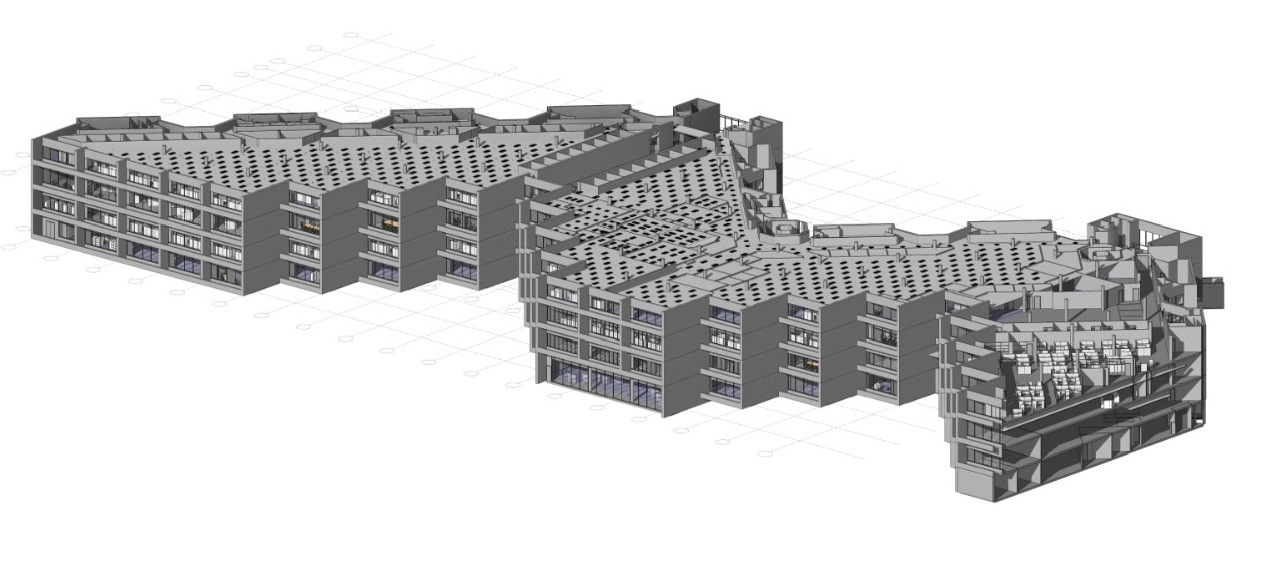 The utility of laser scanning was demonstrated recently when AE firm Nelson scanned the entire 700,000 sf of Prudential’s headquarters in Minneapolis, Minn., for a major renovation project. Nelson used scans to confirm the original blueprints’ dimensions and positioning. Image courtesy Nelson.
The utility of laser scanning was demonstrated recently when AE firm Nelson scanned the entire 700,000 sf of Prudential’s headquarters in Minneapolis, Minn., for a major renovation project. Nelson used scans to confirm the original blueprints’ dimensions and positioning. Image courtesy Nelson.
OUTSOURCE OR IN-HOUSE?
WD Partners owns its scanning hardware and software, which amounts to a six-figure cost proposition, says Andrew Maletz, AIA, NCARB, LEED AP, Executive Vice President. The number of projects it scans justifies the cost, he explains. But the first cost for the equipment and software definitely makes other firms think twice about committing more fully to scanning technology.
Over the past five years, Nelson has bought a few scanners. But it prefers to draw upon a network of certified scanning providers it has developed by region. The difficulty of outsourcing laser scanning, though, is establishing standards, says Brandon Pike, Nelson’s Strategic Manager, BIM Services. His firm also prefers providers that can deliver BIM models from scan data.
Daly counters that the price of scanning and data processing has come down in recent years. FARO’s scanners run around $60,000, and Daly says AEC firms are using this equipment for a variety of projects, including hospital construction and renovation, and commercial building rehabs.
Scanning comes in handy when firms don’t have access to a building’s original documents, or question the accuracy of legacy documents. “Understanding what’s going on with the floors is a big reason for using scanners,” says Daly.
He and other AEC experts point out that laser scanning often shows walls inside buildings that aren’t plumb. “So interpretation needs to happen” for design purposes, says Leo A Daly’s Bjornrud. “The question, then, is how many points of interpretation are there between the scans and when we get the product?”
It’s the very objectivity of scanned data that Maletz of WD Partners thinks is laser scanning’s biggest value. “With handheld methods, there is often a degree of subjectivity and interpretation required when analyzing existing conditions.”
Laser scanning captures huge amounts of data; so much so, in fact, that scan files can overwhelm a firm’s servers. It can take months to corral and manipulate this information for modeling purposes. Maletz says that while there are more software tools that help streamline this conversion, “the process is not yet automated, and those who consider reality capture need to have a well-thought-out BIM execution plan.”
SSOE’s LaBell says his firm has been using Autodesk’s ReCap software to make laser-scanning data easier to work with. He says SSOE is currently involved in an ongoing project for which seven of its offices have been sharing 500-plus gigabytes of scanned data.
“We can edit the point cloud to engineer around the things that weren’t going to be there” after construction, says LaBell. That data could be edited for use with Revit, CAD, or other modeling software.
Because this process reduces time and expenses, “we have been able to go after projects more aggressively, with the promise that the design and engineering would be quicker,” he says.
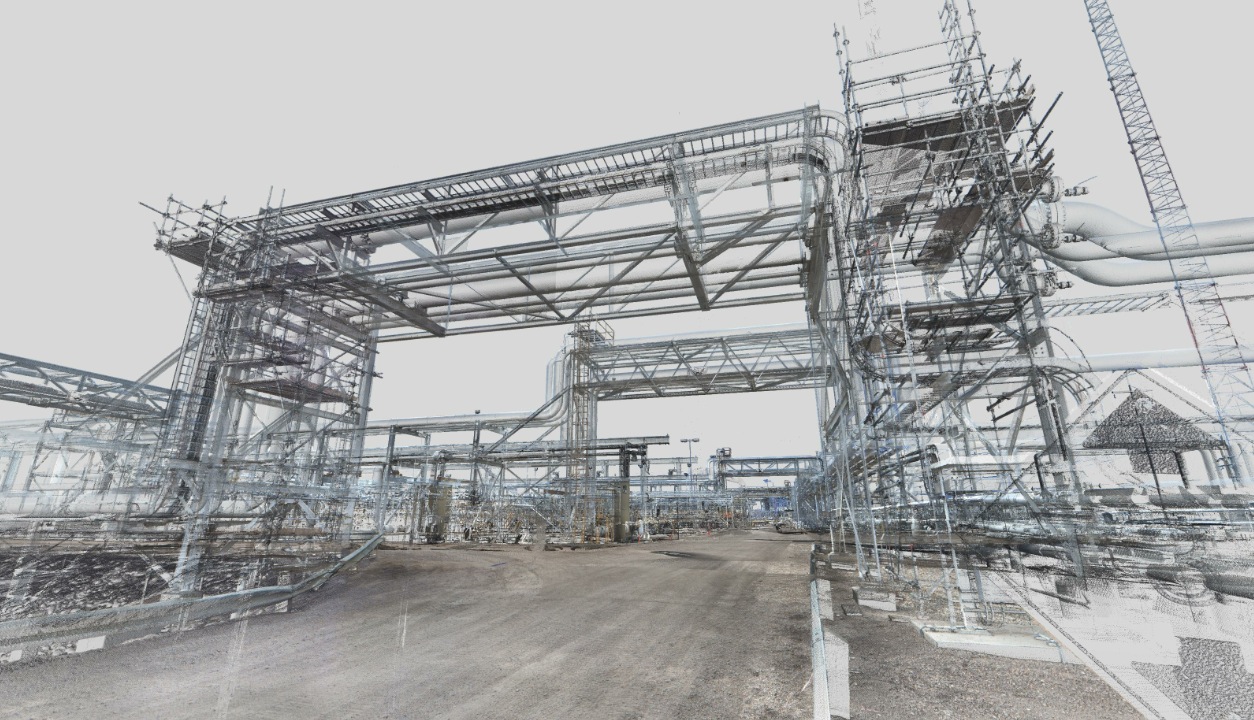
APPS HELP CAPTURE REAL, VIRTUAL IMAGES
As laser scanning is more widely used, AEC firms are also weighing the pros and cons of other tools that capture and augment real images, or create virtual realities.
Daqri recently launched an updated version of its Smart Helmet for commercial use. The high-tech hardhat features a 4D visor that relies heavily on the Internet of Things and a sensor and camera array to provide users with the means to analyze and detect objects from the worker’s surroundings.
Nelson and Clark Nexsen are among the firms that are evaluating software and apps, such as Trimble’s Project Tango, Matterport, and DotProduct’s Phi.3D, which run on professional-grade or mobile devices to capture 3D images and video of rooms on the fly. These tools allow users to augment and convert that data into 3D models.
The gaming industry seems to be the starting point for many of the AR and VR options that AEC firms are eyeing. Last year, Autodesk launched a game engine called Stingray, derived from an engine called Bitsquid, which Autodesk acquired in 2014. VIMtrek has licensed gaming software for AEC usage: a Revit add-on called Producer that quickly converts project files into 3D environments; and Viewer, which allows users to navigate around that environment as if they were moving through a video game.
Daly believes that as demand for more immersive visual experiences increases, so will the demand for laser scanning that, “can still provide the highest-quality reality-capture data.”
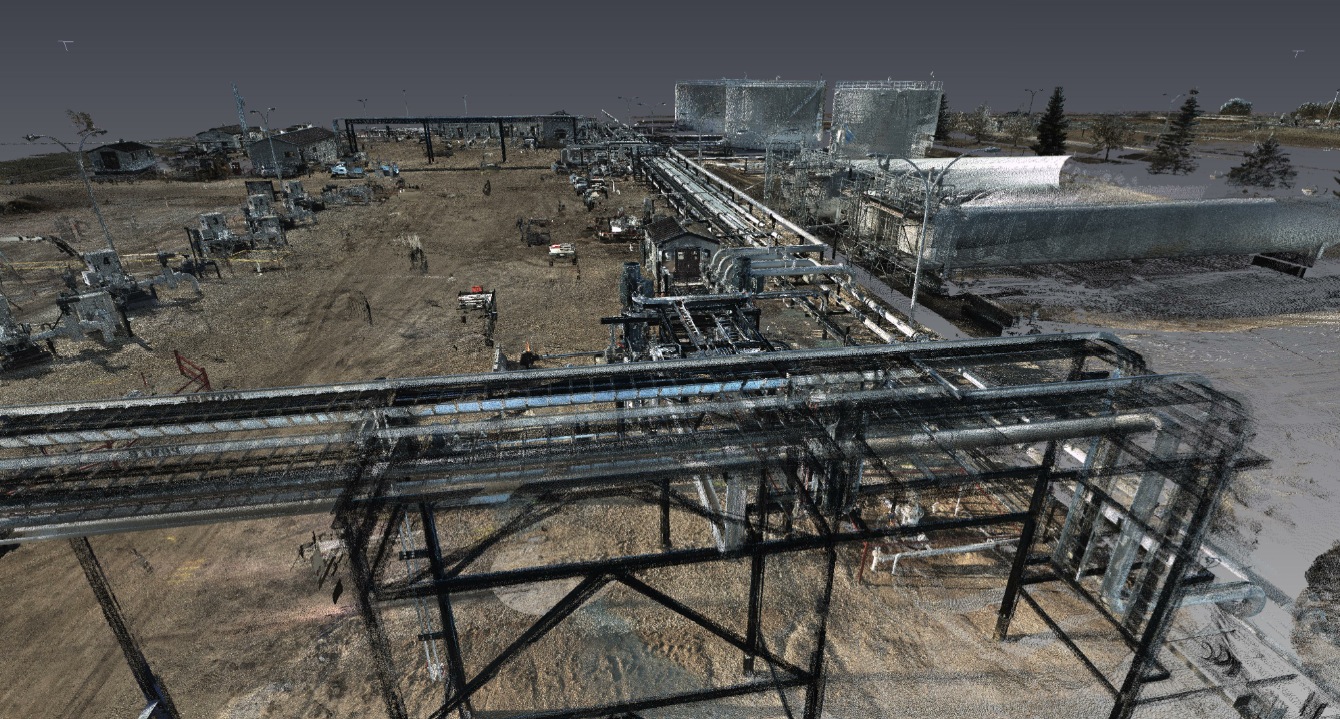
Related Stories
Architects | Aug 5, 2021
Lord Aeck Sargent's post-Katerra future, with LAS President Joe Greco
After three years under the ownership of Katerra, which closed its North American operations last May, the architecture firm Lord Aeck Sargent is re-establishing itself as an independent company, with an eye toward strengthening its eight practices and regional presence in the U.S.
AEC Tech | Jul 14, 2021
Bjarke Ingels Group and UNStudio invest in SpaceForm, a virtual workspace for architects
Squint/Opera developed the platform in 2018.
AEC Tech | Jun 30, 2021
Orro Launches New Integration with Sonos, Providing Seamless In-Wall Control for Sonos Speakers
With the new integration, customers can use the dynamic display on Orro’s smart light switches to control their favorite audio content on their Sonos speakers.
AEC Tech | Jun 9, 2021
Orro Announces Unified Smart Home App
Orro app now provides control of other smart home devices from leading professional and consumer device manufacturers.
AEC Tech | Jun 8, 2021
FARO Expands Digital Twin Product Suite - Acquires HoloBuilder Inc.
FARO Technologies, a global leader of 3D measurement, imaging, and realization solutions for the 3D Metrology, AEC (Architecture, Engineering & Construction), and Public Safety Analytics markets, today announced the acquisition of HoloBuilder, Inc.
AEC Tech | May 27, 2021
New Work Zone Cam Pro Delivers 33% More Detail for Time-Lapse
Work Zone Cam, a leading provider of professional jobsite construction camera services, premiered its latest camera, which increases image resolution from 18 to 24 megapixels. The additional image detail helps track construction progress more accurately and results in higher resolution time-lapses for construction documentation.
Digital Twin | May 24, 2021
Digital twin’s value propositions for the built environment, explained
Ernst & Young’s white paper makes its cases for the technology’s myriad benefits.
AEC Tech | Apr 15, 2021
3 startups making their mark in 2021
Meet a trio of AEC tech firms that are making advances in the COVID-19 era.
Adaptive Reuse | Apr 15, 2021
The Weekly Show, Apr 15, 2021: The ins and outs of adaptive reuse, and sensors for real-time construction monitoring
This week on The Weekly show, BD+C editors speak with AEC industry leaders from PBDW Architects and Wohlsen Construction about what makes adaptive reuse projects successful, and sensors for real-time monitoring of concrete construction.
AEC Tech | Apr 8, 2021
The Weekly Show, April 8, 2021: SPOT the autonomous robot, and Woods Bagot's in-house 'futurist'
This week on The Weekly show, BD+C editors speak with AEC industry leaders from Procon Consulting, Virginia Tech, and Woods Bagot about SPOT, the autonomous robot for construction progress monitoring applications, and how Woods Bagot's new "futurist" is promoting innovation at the international design firm.


